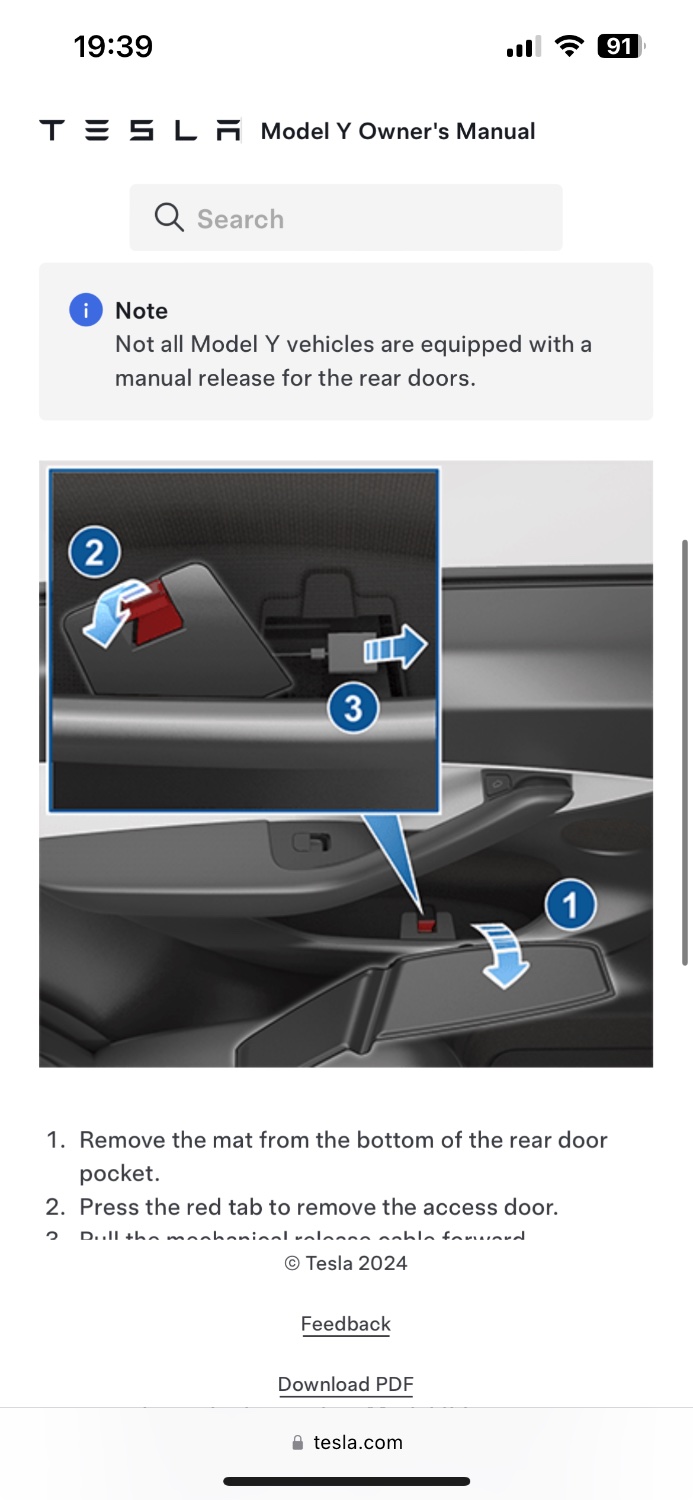Oh I didn’t know the Air Force Reserves did that! Though that makes a lot of sense given how it’s surveilling in proximity to the States. Good use of aircraft and brainpower in that pursuit.
- 0 Posts
- 30 Comments
Well shit, I read the Wikipedia link and some articles from the comment about the NOAA Hurricane Hunters and assumed you were referring to them.
The C-130J you linked from the ADS-B recorder seems to be military. Guess they’ve been using them for a while for storm reconnaissance.
Seems that the C-130s won’t be ready until 2030. Looks like they’re using WP-3D Orion aircraft currently.

 6·1 month ago
6·1 month agoI’ve jokingly said this before, but just wait until manufacturers start adding 4G/5G to TVs explicitly for ads and telemetry…

 6·1 month ago
6·1 month agoOne of the articles linked by this one goes into detail how automation has impacted union workers at ports.
An estimated 572 full-time jobs at the Ports of Los Angeles and Long Beach were lost in 2020 and 2021 to automation. Meanwhile, profits for the global shipping industry soared during the pandemic to over $190 billion in 2021, as the rate to ship a 40-foot container increased from less than $2,000 in 2019 to as much as $20,000 in 2021
The union is demanding that “no automated or semi-automated” systems be introduced. This will be an interesting strike to watch out for.

 1·3 months ago
1·3 months agoWas it rude? I was genuinely curious as I could see a myriad of valid reasons why the introduction or use of these drones are worrisome. I myself am torn over certain aspects of their use and design that drives me to wonder whether or not they may inflict unnecessary suffering. I cannot argue against their efficiency (nor their need), and I believe that Ukraine has every right to defend itself and repel Russia as an invading force, but they brought up a valid point about what the future could hold in using this technology for warfare. I just wanted to understand them, personally, and the reservations that drove their stance on it.

 5·3 months ago
5·3 months agoHonestly your reaction and response are completely understandable from where I stand.

 5·3 months ago
5·3 months agoI don’t disagree with your argument, but I am curious. Where does your difficulty with the video primarily reside at?
- The ability to delay the explosion to guarantee success (intelligent/controllable)?
- The low-yield explosion, somewhere between hand-grenade and 40mm, which may be more likely to maim than kill on impact?
- The low cost and ease of operation which threatens uncovered infantry?
I can’t imagine the trauma of surviving an attack from one of these. The fear that something might fly in at any moment to chase you around to kill you would be more terrifying than being shot at. Maybe you could defend against it with a shotgun, but if the lower cost meant an adversary can send multiple at each soldier, then it becomes a game of numbers where the soldier is likely to be overwhelmed. Not a future I’d want to witness.

 4·3 months ago
4·3 months agoThey’ll instead argue that Trump didn’t say that (which is true) and ignore the fact that he agreed to it, possibly even claiming that his agreement wasn’t towards race but instead just being a “horrible” person.

 1·5 months ago
1·5 months agoI’m going to upvote you for providing the viewpoint that models which have the manual releases hide them to prevent damage occurring from someone who instinctively pull on it to open the door. In the case of young children, they won’t know enough to not do the same thing they would do in other vehicles to open the door.
However, obscuring them from view also means they’re at high risk in the event of an accident which kills the power. Trying to calmly walk a child through the steps may not work. I don’t know how much force is needed for some of the release latches (and I’ll assume not a lot is required).

 2·5 months ago
2·5 months agoCybertruck also has manual releases but the rear doors hold it in the map pocket. Better but still not in a sensible place when someone is panicking.

 10·5 months ago
10·5 months agoOk. So that’s the Model 3.
How about the Model Y?

Ok. Not all Model Ys have rear manual releases. I’ll assume the best and believe that only certain countries have this design.
How about the Model X?

So it’s behind the speaker grille. Uncertain if you need a screwdriver, but I’ll assume not. However it is hidden away from sight.
How about the Model S?

Oh, it’s under the carpet.
So yeah, turns out, I’m not making shit up, and there is indeed empirical evidence for it.

 72·5 months ago
72·5 months agoI was talking to a Tesla owner about this and they argued that if the window is electric then there’s no difference making the door electric. They couldn’t understand that the door itself can be operated independently of the rest of the vehicle.
Making windows electric causes a safety tradeoff. You get ease of operation while losing the ability to open the window in the event of an accident (where power cannot be supplied). However you can still unlock and open the door manually as an alternative escape option. This also applies in non-accident scenarios (dead battery).
Making doors electric is nothing more than a safety risk. From the inside you might have access to a manual release latch, but some doors require you to unscrew things first. Any emergency situation where you need to exit as soon as possible and the power is lost almost guarantees that you’ll be unable to safely escape.
Error. Password must be 12-31 characters and contain all of the following:
- A lowercase letter
- An uppercase letter
- A numeric digit
- At least one but no more than two special characters
It must also not contain any of the following:
- More than three repeating characters
- Your first or last name
- An email address
- The last four digits of your SSN
- Your birth year
- The website name
- An undiscovered prime
- More than 80% of your previous password

 21·5 months ago
21·5 months agoSo somehow our representatives are fine with auto-enrollment of citizens for the draft, but a number of them oppose auto-enrollment for voting?
Should’ve sold some copies of the Christmas Star Wars episode

 4·6 months ago
4·6 months agoI’m worried about the security of this. However looking past that and simply observing it as an implementation of AI, this is an idea that I think is actually a beneficial use. Protecting the elderly against fraud/scams is a major issue which gets increasingly complex as scammers improve their methods. Using AI to detect scams in calls could be helpful in protecting the elderly.
But before rolling it out, I would want to see proof of its efficiency through careful studies. Hell, incentivize Google to share the model with the government and other businesses so it can be improved upon. Fund it as a grant/program so smaller teams/companies can contribute and innovate.

 8·6 months ago
8·6 months agoI think it would’ve been funny if the title was “StackOverflow contributors are revolting” and the comment was “a little more than usual.”
But hey, gotta get whatever amount of humor in while you can.

 40·6 months ago
40·6 months agowhatever the Indian equivalent is
Uncle Vivek



Having worked in classified areas, both as an admin and an unprivileged user, CDs were normally the method of transferring data up the network. (Transferring down rarely occurred, and even then you’d be limited to plaintext files or printouts.)
I’ve seen more places use data diodes to perform one- or two-way transfers so that requests can be streamlined and there’s no loose media to worry about tracking. It’s not super fast and higher speeds mean more expensive equipment, but it covers 98% of software update needs, and most non-admin file transfers were under 20MB anyways.
Anything that did require a USB drive, like special test equipment (STE) or BIOS updates, had to use a FIPS-140-1 approved drive that offered a ready-only mode via PIN. This drive could only be written to from a specific workstation that was isolated from the rest of the machines (where data was transferred via CDs of course) and required two persons to perform the job to ensure accountability.
Not the most time-efficient way of doing things, and not completely bulletproof, but it works well enough to keep things moving forward.